Hello everyone. Thank you for reading this article. I’m Shogo from Let’s ask Shogo, the interpreter of the online lessons and owner of this website.
Japanese martial arts, deeply rooted in tradition and discipline, encompass many practices. Iaido and Kendo are distinct yet interrelated disciplines with philosophies, techniques, and purposes. Let’s delve into the three primary differences between Iaido and Kendo, shedding light on their unique characteristics.
1. Focus and Purpose
Iaido: The Art of Katana Drawing
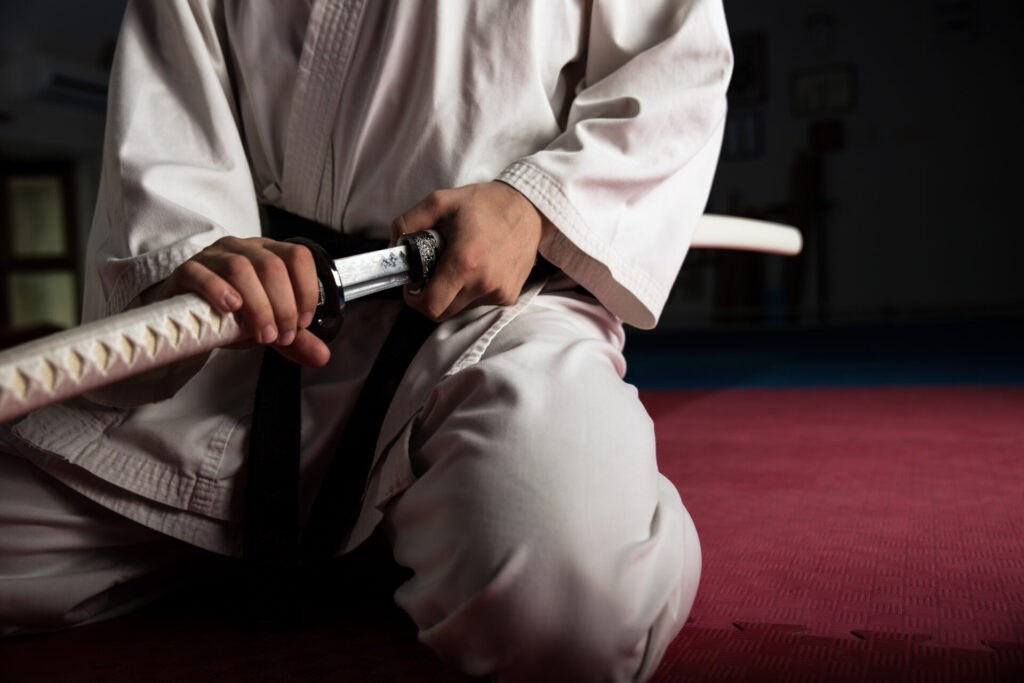
Iaido, often referred to as “the way of mental presence and immediate reaction,” revolves around the precise, controlled movements of drawing the katana (Japanese sword) from its scabbard, executing a series of predetermined forms or kata, and resheathing the sword. The essence of Iaido lies in cultivating a heightened sense of awareness, mindfulness, and tranquility.
The core objective of Iaido is to train practitioners in the seamless execution of techniques, emphasizing the importance of mental focus, inner calmness, and swift, precise movements. This martial art prioritizes the development of a disciplined mind and body, aiming for a harmonious synchronization between the practitioner and the sword.
Kendo: The Way of the Sword
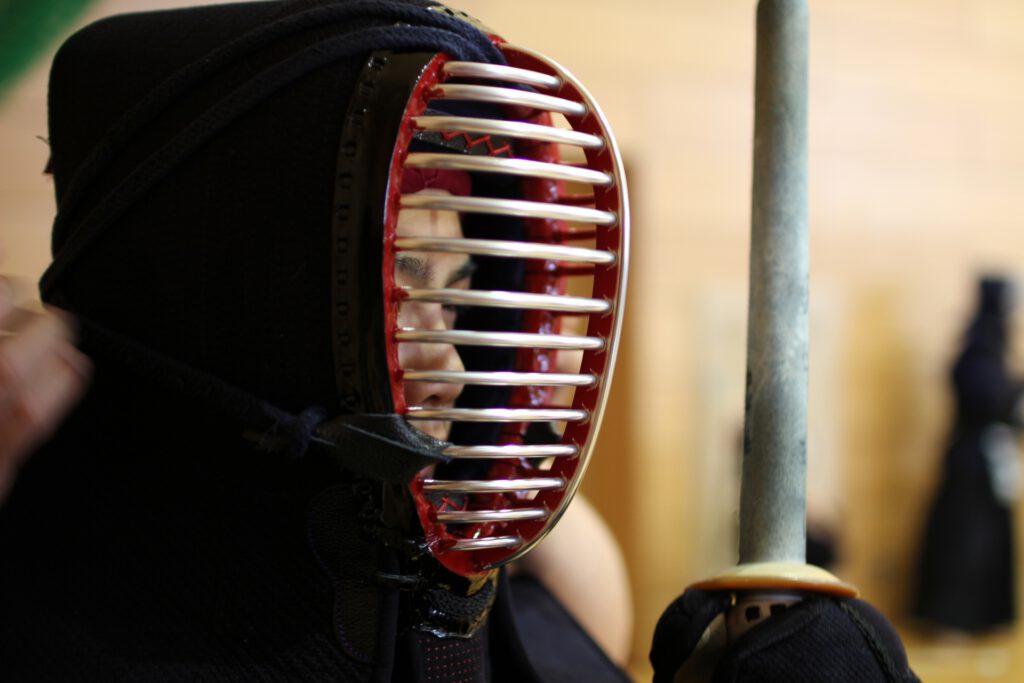
In contrast, Kendo, often known as “the way of the sword,” primarily emphasizes sparring and combat. Practitioners, equipped with bamboo swords (shinai) and protective armor (bogu), engage in vigorous and controlled duels to strike specific target areas on their opponent’s body.
Kendo’s primary goal is to develop one’s character, discipline, and physical capabilities through rigorous training and competition. Unlike Iaido, Kendo involves active and dynamic movements, focusing on applying various strikes, footwork, and defensive techniques within a controlled, competitive environment.
2. Equipment and Training Methods
Iaido: Emphasis on Solo Practice
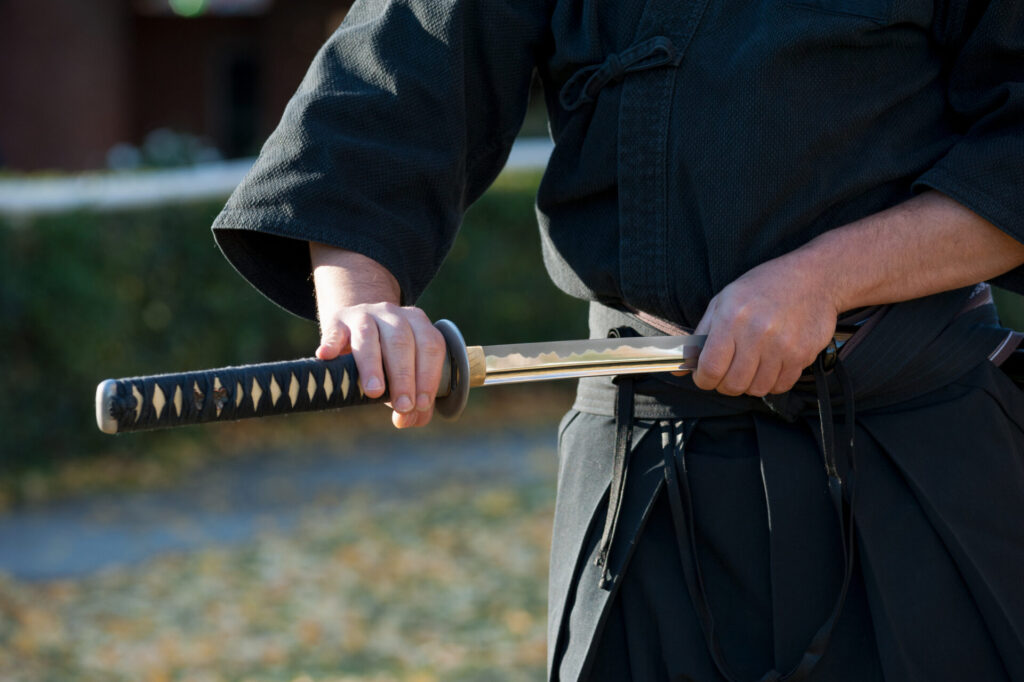
Iaido training primarily involves solo practice (kata), where practitioners perform a series of predetermined forms or movements against imaginary opponents. Using a live blade or iaito (non-sharp training sword) is integral to Iaido, emphasizing precision, form, and mental focus while executing techniques.
The training in Iaido revolves around perfecting the art of drawing, cutting, and resheathing the sword with utmost control and grace. Practitioners refine their movements, posture, and breathing techniques through repetitive and meditative solo exercises.
Kendo: Partner-Based Training
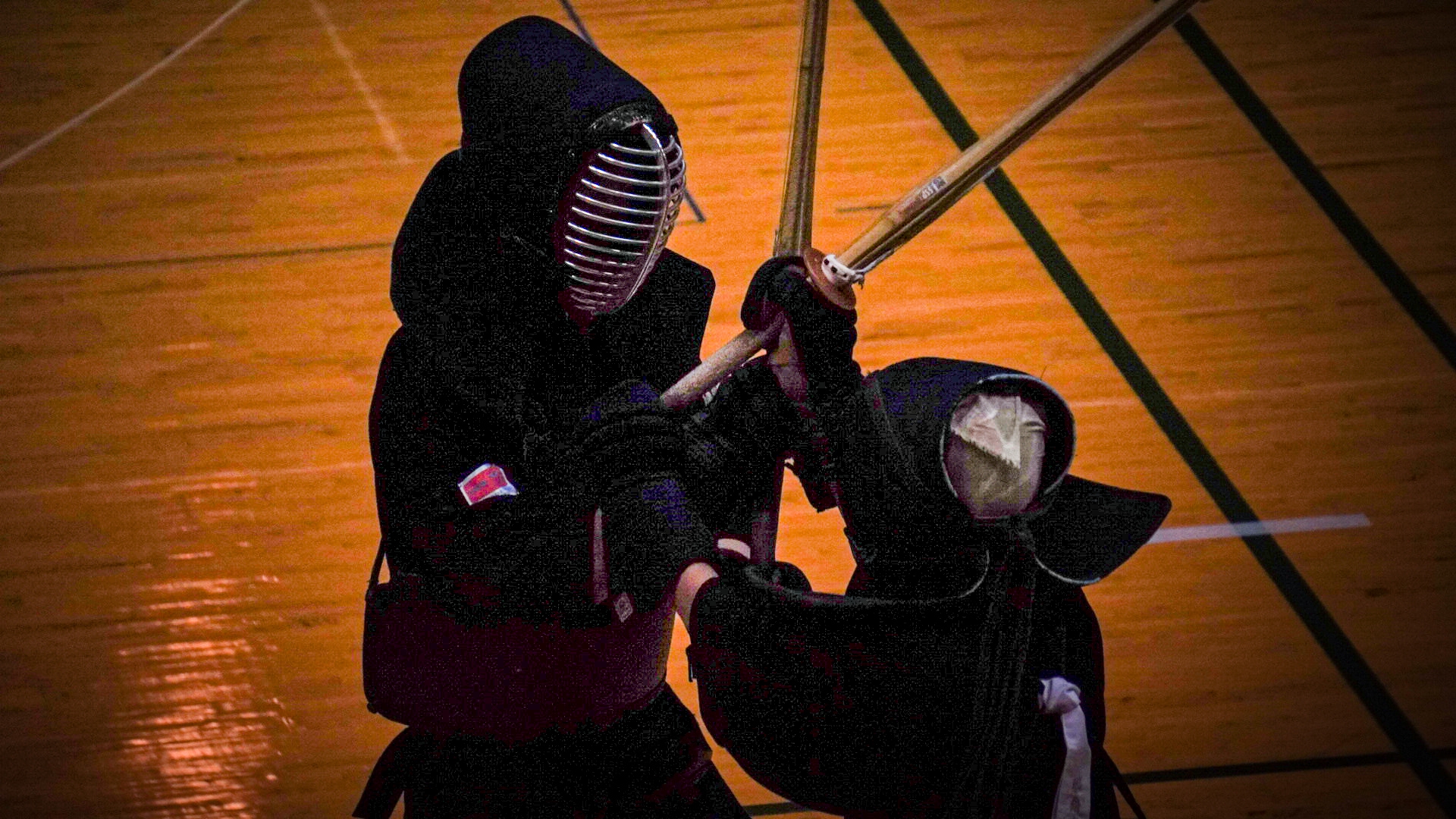
Kendo training involves both solo practice and partner-based sparring, known as Keiko. Practitioners, referred to as kendoka, wear protective armor and use bamboo swords in bouts. The training emphasizes the execution of various strikes, blocks, and footwork while engaging in controlled combat with a live opponent.
Kendo practitioners focus on developing agility, speed, and proper striking techniques through regular sparring sessions. Keiko sessions are integral to Kendo training, allowing practitioners to apply their skills in a simulated combat environment under the guidance of experienced instructors.
3. Philosophical Differences
Iaido: Cultivation of Inner Harmony
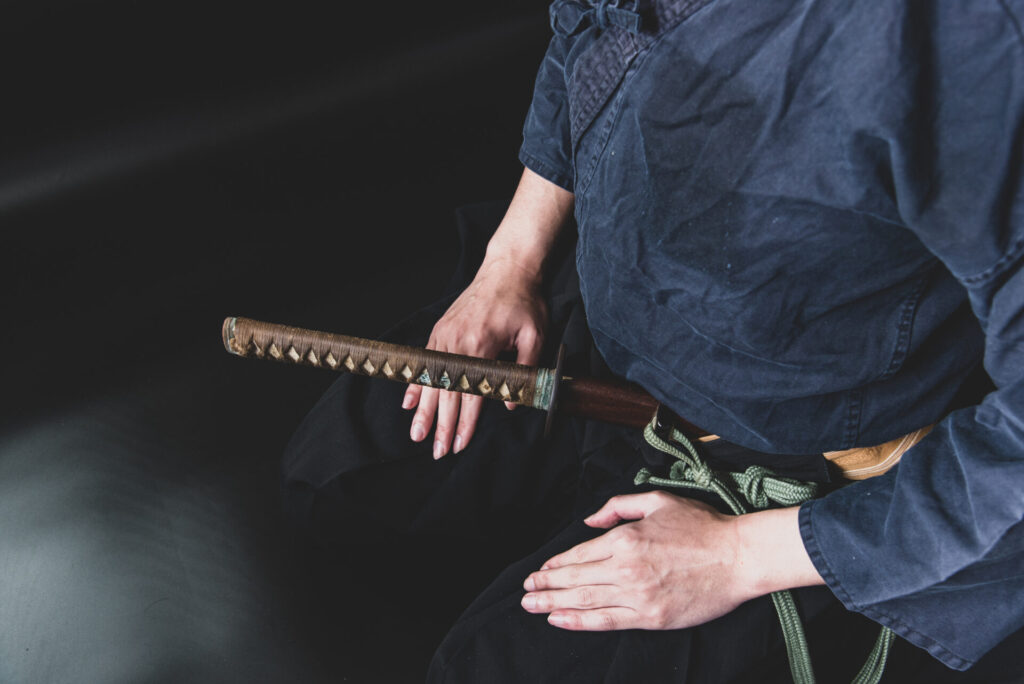
Iaido places a strong emphasis on the development of inner peace, discipline, and mindfulness. Practitioners strive to achieve a state of mental clarity and calmness through the precise execution of techniques, fostering a deeper connection between the mind, body, and the sword. The philosophical aspect of Iaido emphasizes the importance of self-reflection, humility, and respect.
Kendo: Fostering Character and Sportsmanship
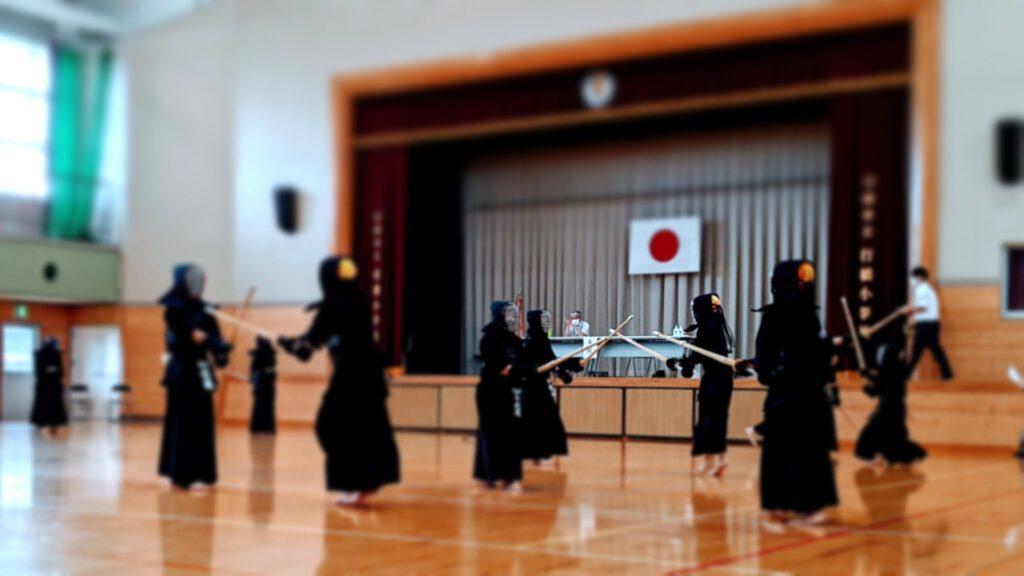
While focusing on combat and physical training, Kendo places great importance on cultivating strong character traits such as respect, perseverance, and sportsmanship. Practitioners adhere to a code of ethics known as the “Bushido” (way of the warrior), emphasizing not only victory in combat but also the development of moral values and respect for others.
In conclusion, while both Iaido and Kendo are rooted in using the sword and share elements of Japanese martial arts, they differ significantly in their focus, training methods, and philosophical principles. Iaido emphasizes precision, mindfulness, and solo practice, while Kendo centers on combat, partner-based training, and character development. Each discipline offers a unique path for self-improvement, fostering discipline, respect, and physical prowess through the art of the sword.
If you’re interested in training Iaido, please check our Musō Shinden Ryu training held by Seki Sensei, an 8th Dan Iaido master with 40+ years of experience. We are confident that we are one of the best places to learn the way of the katana.

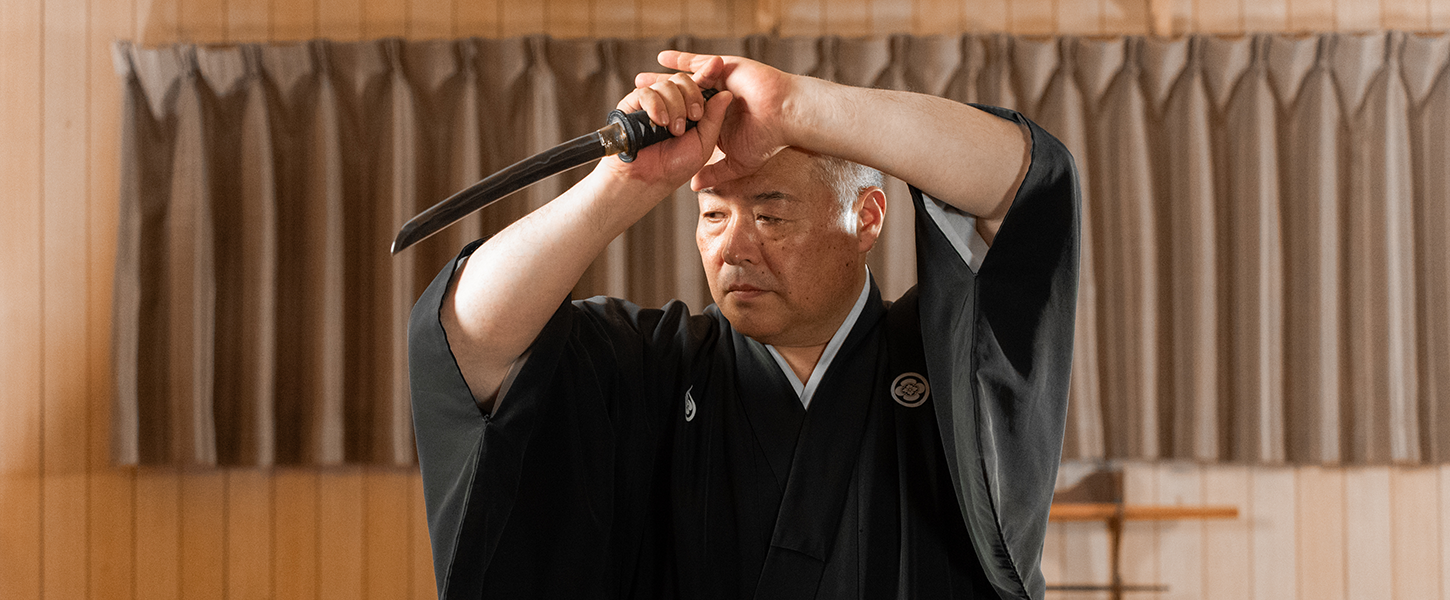
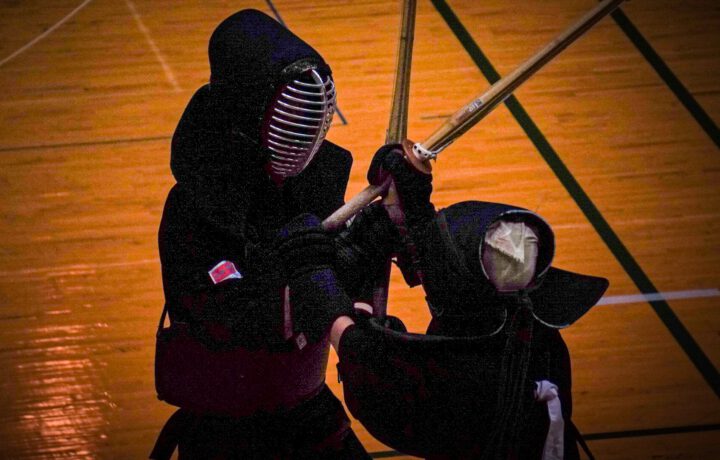

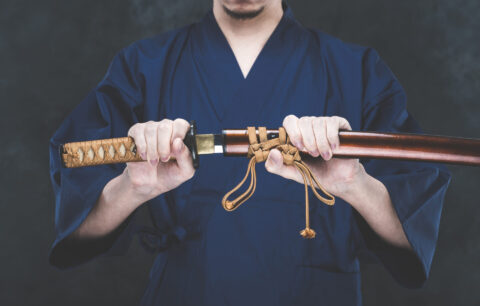
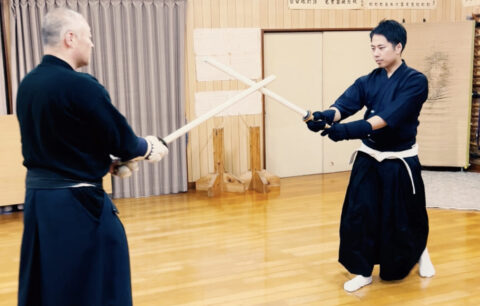
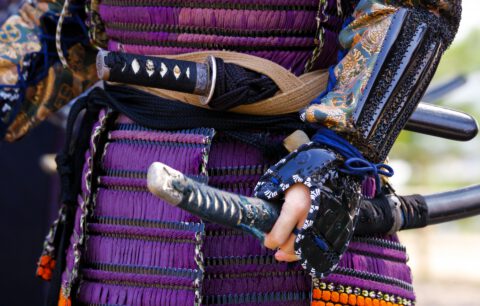
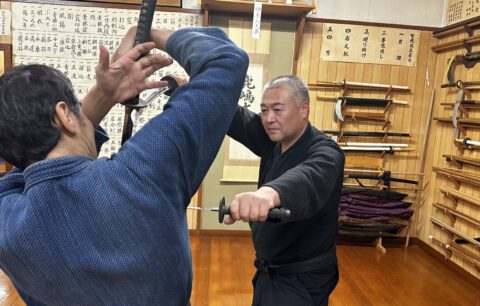
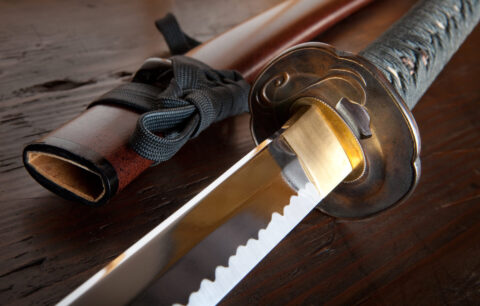
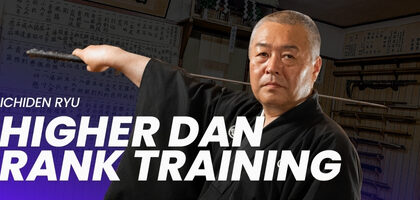
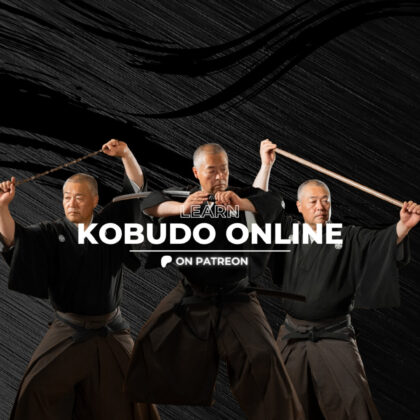
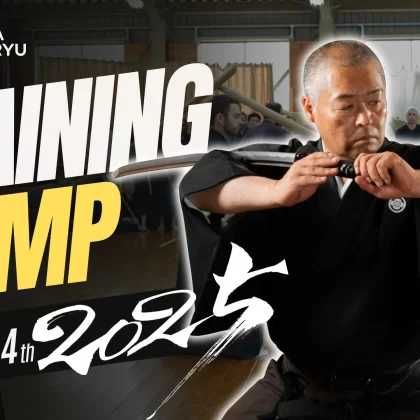


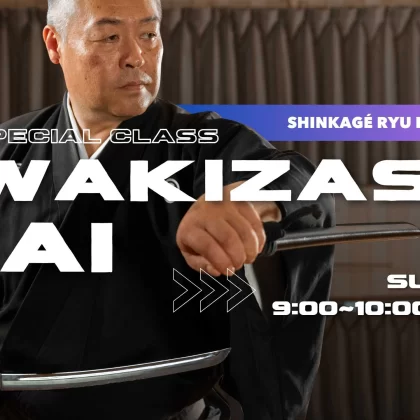

Hi there just wanted to give you a brief heads up and
let you know a few of the pictures aren’t loading properly.
I’m not sure why but I think its a linking issue. I’ve tried it in two different internet
browsers and both show the same results.